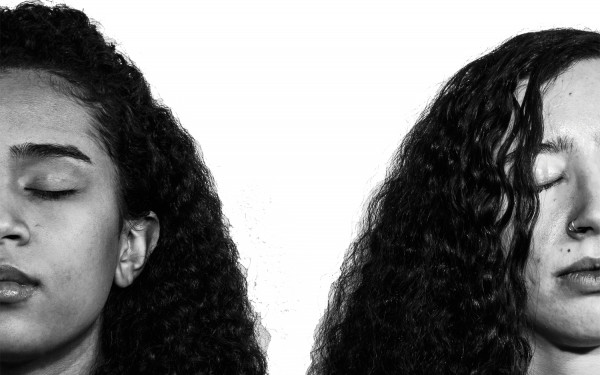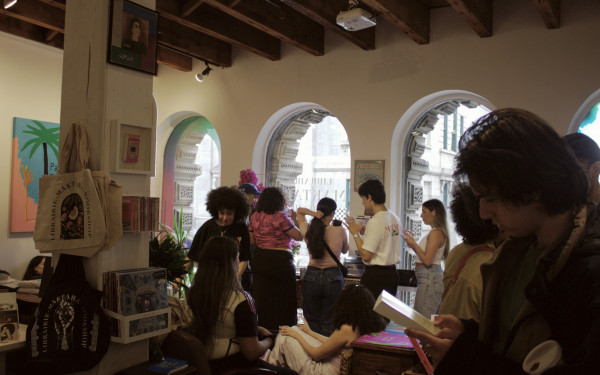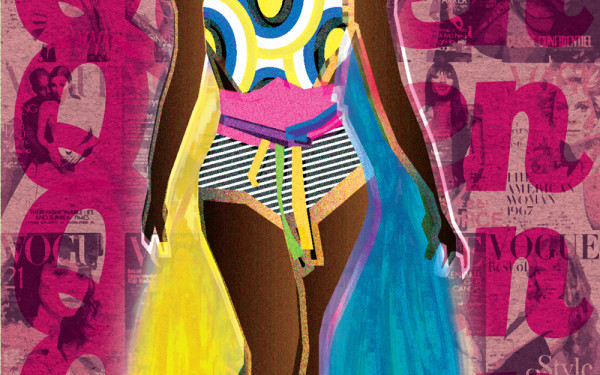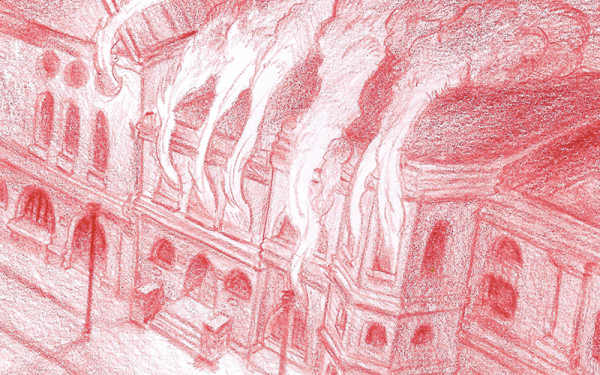Routine
For many Black women, hair is an issue that sits at the crossroads of aesthetics, identity and capitalism.
We inspire each other on social media. We feed a multi-billion dollar industry that manufactures gels, waxes, greases, hair extensions, wigs and chemical relaxers. We subvert and conform to conventional beauty standards. Continuously, we “do” and “undo” our definitions of beauty.
This series observes some of the hair care routines, techniques and spaces cultivated by various women in my life.
8_900_597_90.jpg)
The hair extensions used for braids is made of kanekalon, strands of synthetic fiber.
7_900_614_90.jpg)
This time, Aurélie opts for the “Box Braid,” style in a platinum blond shade.
6_900_596_90.jpg)
“I cut my hair and dyed it a few months ago.”
5_770_1050_90.jpg)
A friend of a friend agreed to braid Aurélie’s hair for a lower fee than most salons charge.
4_900_1022_90.jpg)
One of the last steps of the process is to dip the braids in boiling water to melt the strands slightly, for a smoothing effect.
3_900_889_90.jpg)
Aurélie changes her hairstyle to suit her mood. She explores styles and shares photos of herself on social media.
2_900_941_90.jpg)
Aurélie undid her braids the following week, because it wasn’t quite the style she wanted.
1_900_661_90.jpg)
My younger sister Martine changes her hairstyle approximately once a month.
13_900_596_90.jpg)
Martine shops for products at NY Hair Beauty Warehouse,one of several stores that exclusively sells black hair products in Ottawa.
12_695_1050_90.jpg)
“I’m going to need to dye my hair to match the colour of the extensions. It’s actually a two-day process.”
“I thought I would like silver braid, but the next day, it just looked so… I don’t know. I need a colour that looks ‘true.’”
11_900_665_90.jpg)
“I’m not sure what shade matches my skin tone… number 27 or 8? Can you get out of your photographic mode for a second and help me choose a color?”
10_900_624_90.jpg)
“I don’t know why I change my hair so much. It just always feels like there are new possibilities.”
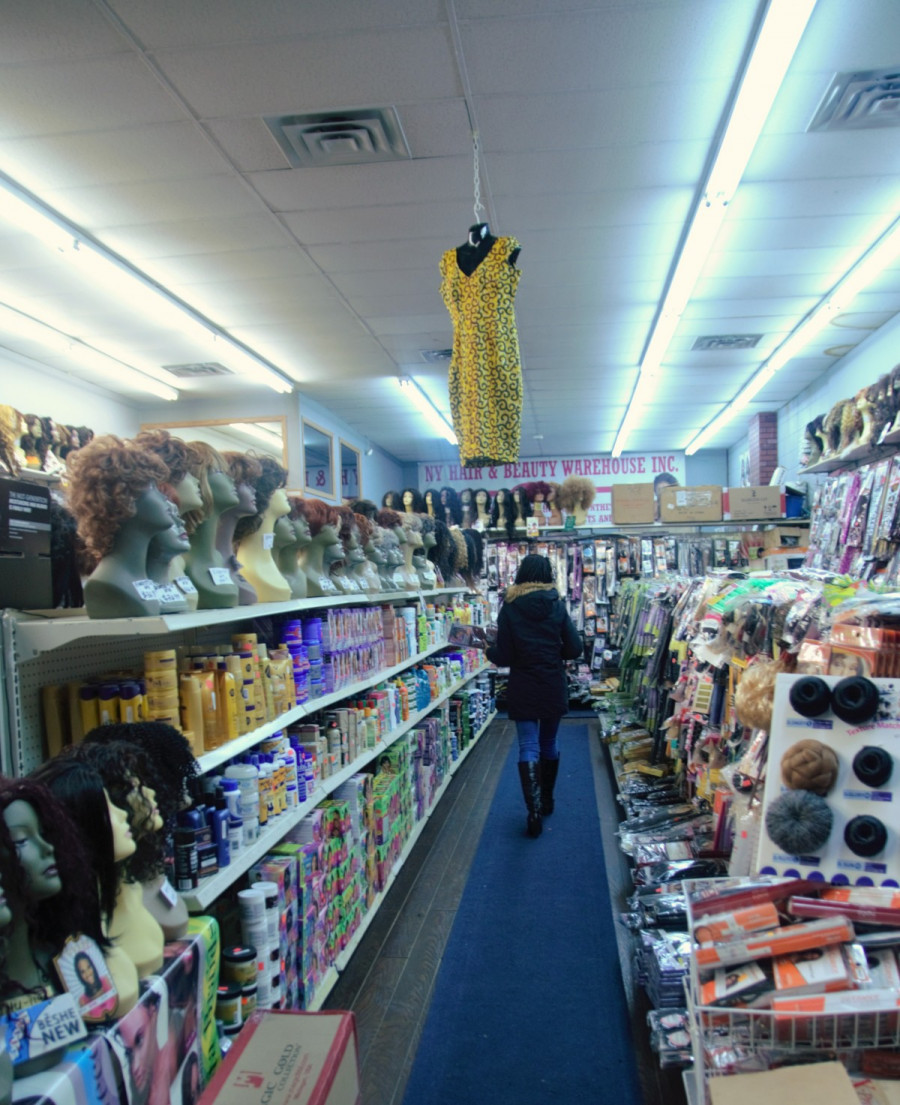
Martine drives just over 30 kilometers away from her house to buy hair supplies, several times a year.

14_900_722_90.jpg)
_600_832_s.png)

